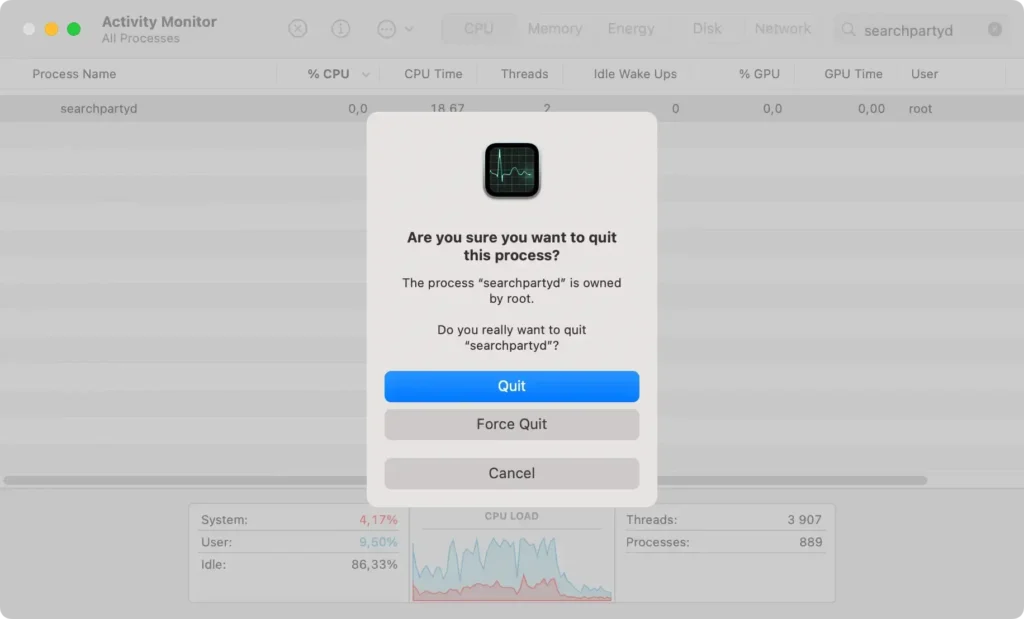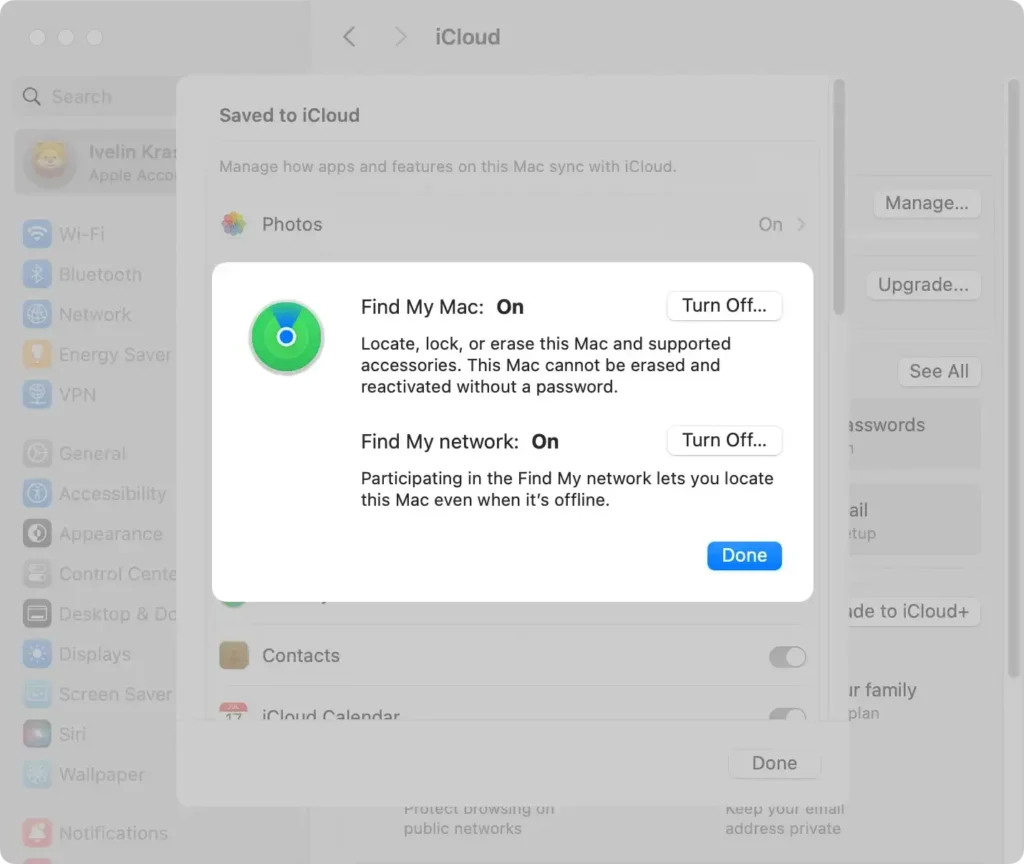What Are Searchpartyd, Locationd And Bluetoothd On Mac?
Before we dive in
Before we dive in, let's make sure you stay safe online. We created SpyHunter because your security matters to us.
Protect your computer today — download SpyHunter right here! Check out our top tips below to keep your computer safe and secure.

On macOS, various background processes handle device functionality, from location tracking to Bluetooth management.
While processes like Searchpartyd, Bluetoothd, and Locationd can sometimes raise user concerns about potential malware, they are legitimate system daemons essential for features like the Find My service.
Below you can find an overview of each process, how they function, and what you can do if they consume too much CPU.
What are Searchpartyd, Bluetoothd, and Locationd
These three processes primarily support macOS’s “offline finding” feature, which enables users to locate their devices via the Find My app, even if they are offline.
When enabled, these daemons collaborate to send and receive location information securely through Bluetooth and location services.
Searchpartyuseragent is another related process that works in tandem with Searchpartyd.
What is Searchpartyd?
Searchpartyd is a key daemon that enables cryptographic operations and data synchronization needed for offline device finding.
When a Mac is configured with Find My, Searchpartyd handles generating cryptographic keys, reporting location updates to Apple’s servers, and managing both owner and finder device communications.
This enables a lost device to broadcast encrypted location data over Bluetooth, which can be picked up by nearby Apple devices, then securely relayed back to Apple’s servers for retrieval.
What is Bluetoothd?
Bluetoothd is responsible for Bluetooth-related functionality on macOS. In the context of Find My, Bluetoothd facilitates the exchange of Bluetooth Low Energy (BLE) advertisements between devices, enabling offline location tracking.
As part of this process, it works closely with Locationd to detect and share the Mac’s Bluetooth signals with nearby devices and relay data back to Searchpartyd.
What is Locationd?
Locationd on macOS controls location services and permissions for apps requiring geographic data.
For Find My, Locationd provides Searchpartyd with the current device location and manages updates, which helps in generating accurate location reports.
Resolving high CPU usage with Searchpartyd, Bluetoothd, or Locationd
While these daemons typically run efficiently, they may occasionally cause spikes in CPU usage.
This could be due to increased location activity, Bluetooth device interaction, or other system demands.
Quitting high-CPU processes in activity monitor
If you notice one of these processes consuming excessive CPU, you can restart it via Activity Monitor:
- Open
Activity MonitorfromApplications > Utilities. - In the search bar, type the process name (e.g., Searchpartyd).
- Select the process, then click the
[X]button to quit it. - Confirm by clicking
Force Quit. The process will restart automatically, which often helps resolve temporary issues.

Turning off Find My Mac
If the CPU usage persists, consider disabling Find My Mac, which will stop the processes associated with it.
- On macOS Ventura or later:
- Go to
Apple Menu > System Settings. - Click your Apple ID at the top, then select
iCloud > Find My Mac. - Choose
Turn Offand confirm with your Apple ID password.
- Go to

- On macOS Monterey or earlier:
- Navigate to
Apple Menu > System Preferences. - Select
Apple ID > iCloud. - Locate
Find My Macand uncheck it. Authenticate with your Apple ID to confirm.
- Navigate to
Disabling Find My Mac will stop related processes, alleviating CPU strain, though it will also disable the device location feature.
Conclusion
In summary, Searchpartyd, Bluetoothd, and Locationd are legitimate macOS background processes essential for features like Find My, enabling secure, efficient location tracking, even offline.
Though sometimes mistaken for malware, these daemons support key functionalities: Searchpartyd manages cryptographic operations, Bluetoothd handles device connectivity, and Locationd ensures accurate location data.
If these processes show high CPU usage, quitting them in Activity Monitor or temporarily disabling Find My Mac can help resolve issues.
Recognizing their purpose not only demystifies their role but also gives users more control over their Mac’s performance and security. By understanding how to manage these processes, users can confidently maintain system efficiency and continue benefiting from the advanced connectivity and location features integral to Apple’s ecosystem.